Solaris and Sparc roadmaps unveiled
Oracle forecasts the future roadmap for Sun and Solaris.

Oracle plans to boost the Solaris operating system to match the sheer power of the Sun servers it will drive.
This was the long-awaited message from John Fowler, the executive vice president in charge of Oracle's new server and storage systems group.
Formerly Sun Microsystems, the new Oracle division has been ominously quiet since the merger was finalised earlier this year.
The retention of Fowler in the role he played at Sun has been the one flickering hope that business would continue as normal. If there was a growing doubt, he wiped it away with a five-year plan that says business as usual.
Starting with the Sparc processors, he committed to at least a doubling of application performance every two years.
In terms of hardware development, it is not surprising the early stages of the five-year roadmap looked much the same as before . What was not disclosed is whether the company would continue the leapfrogging of the twin lines of T Series Sun-designed platforms and the M Series designed by Fujitsu.
Each company had developed its own Sparc chip in the past, but there had always been rumours one or the other would cease manufacture, leaving the market to the rival. No doubt these rumours will regain currency.
Get the ITPro daily newsletter
Sign up today and you will receive a free copy of our Future Focus 2025 report - the leading guidance on AI, cybersecurity and other IT challenges as per 700+ senior executives
The changes in the 2011 release of Solaris 11 will be extensive. The aim is to produce a lean and mean Unix that can support the higher transaction rates required by the future hardware platforms.
One big change is HP and Sun x86 servers will be allowed to run supported versions of Solaris. This looked like a turnaround by Oracle, because a licensing paper appeared in May implying non-Sun platforms would not be supported.
The main message Oracle was pushing was the benefit of having a dedicated combination of database, operating system and hardware under a single brand. To have one supplier bringing a simplified support framework would be attractive but it would be at least another year before Oracle can prove it has the ability to pull it off.
-
 Should AI PCs be part of your next hardware refresh?
Should AI PCs be part of your next hardware refresh?AI PCs are fast becoming a business staple and a surefire way to future-proof your business
By Bobby Hellard
-
 Westcon-Comstor and Vectra AI launch brace of new channel initiatives
Westcon-Comstor and Vectra AI launch brace of new channel initiativesNews Westcon-Comstor and Vectra AI have announced the launch of two new channel growth initiatives focused on the managed security service provider (MSSP) space and AWS Marketplace.
By Daniel Todd
-
 Organizations shift away from Oracle Java as pricing changes bite
Organizations shift away from Oracle Java as pricing changes biteNews A survey from Azul Systems finds that, along with cost, customers cite a preference for open source and the threat of a Java usage audit
By Emma Woollacott
-
 Why Java 17 growth is ‘exploding’
Why Java 17 growth is ‘exploding’News Java 17 is now the most popular LTS version, according to application data from New Relic, but what's driving this growth?
By Steve Ranger
-
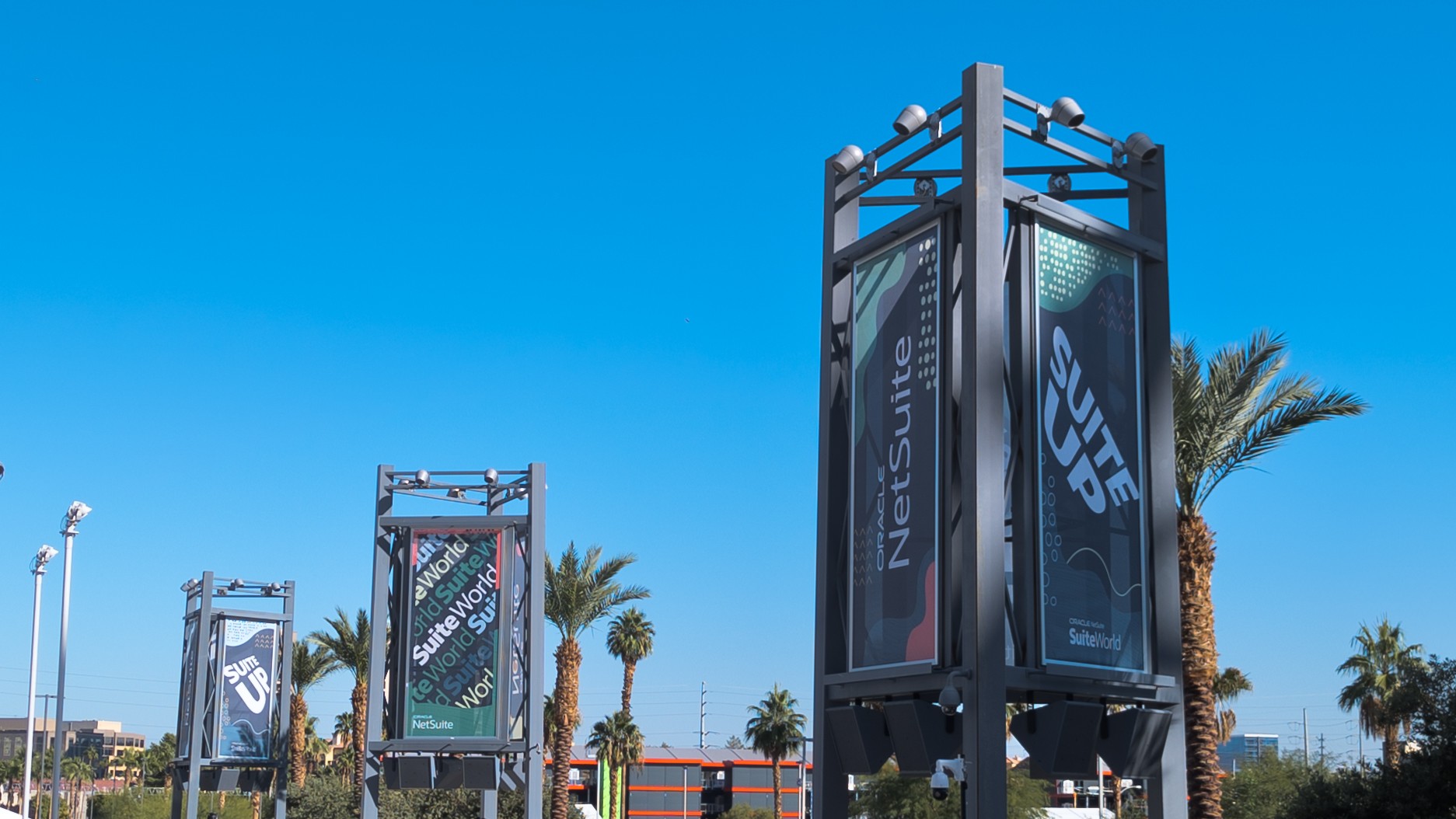 SuiteWorld 2023: NetSuite's day-two announcements
SuiteWorld 2023: NetSuite's day-two announcementsLive Blog Keep up-to-date with all the day-two announcements from NetSuite SuiteWorld 2023
By Rory Bathgate
-
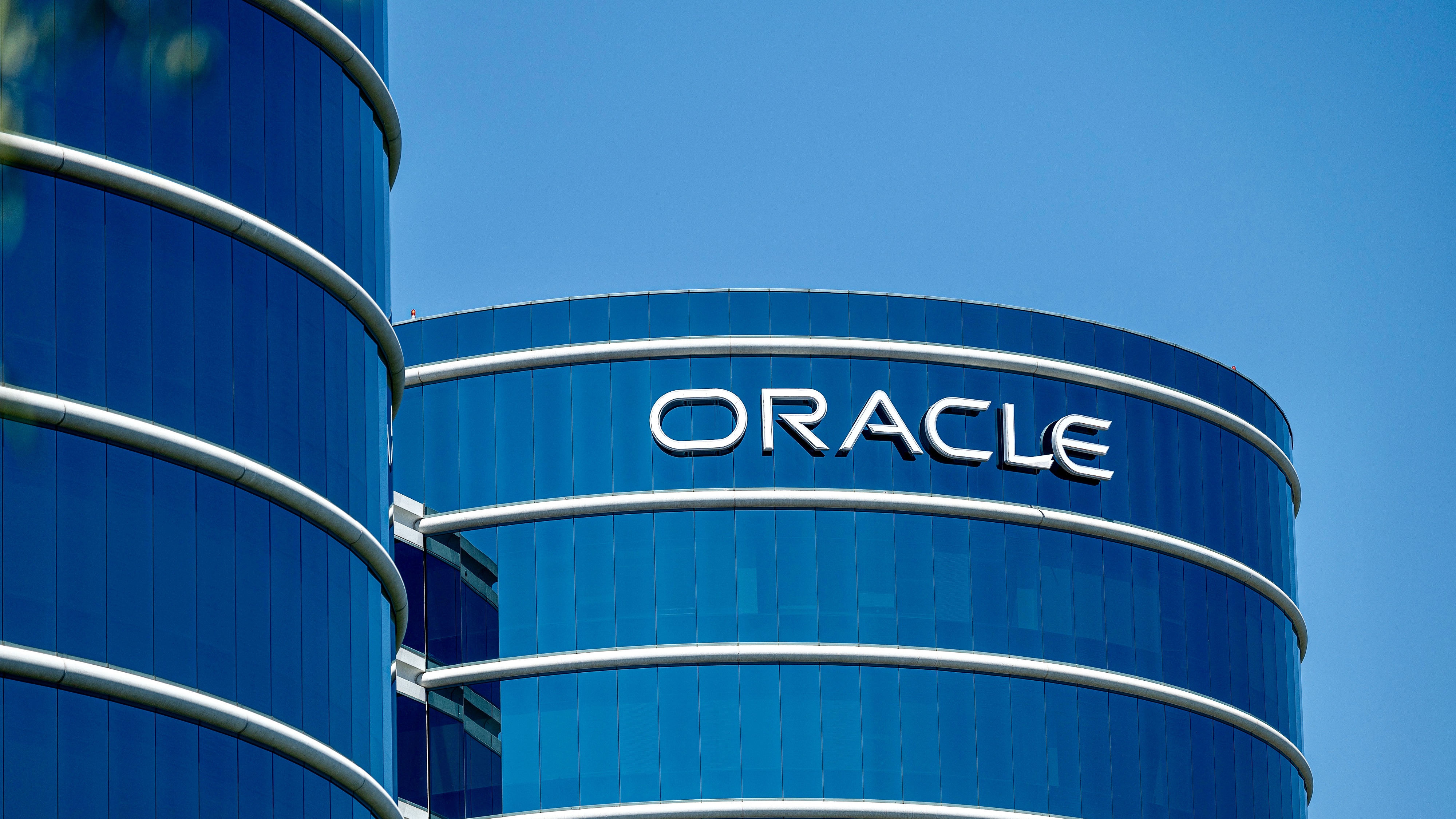 Can Oracle really be Linux's knight in shining armor?
Can Oracle really be Linux's knight in shining armor?Opinion The self-proclaimed champion of open source freedom would like you to forget about its history
By Richard Speed
-
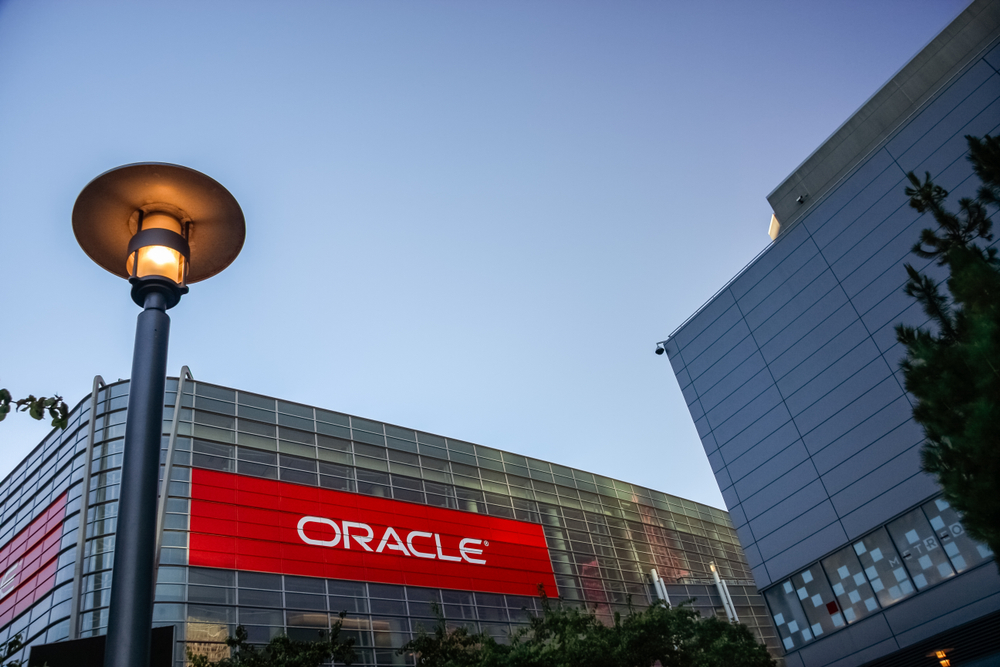 Oracle’s Java subscription changes spark concerns over cost hikes for smaller businesses
Oracle’s Java subscription changes spark concerns over cost hikes for smaller businessesNews Smaller businesses could incur significant cost hikes as high as 1,400% with most new customers expected to pay at least double
By Ross Kelly
-
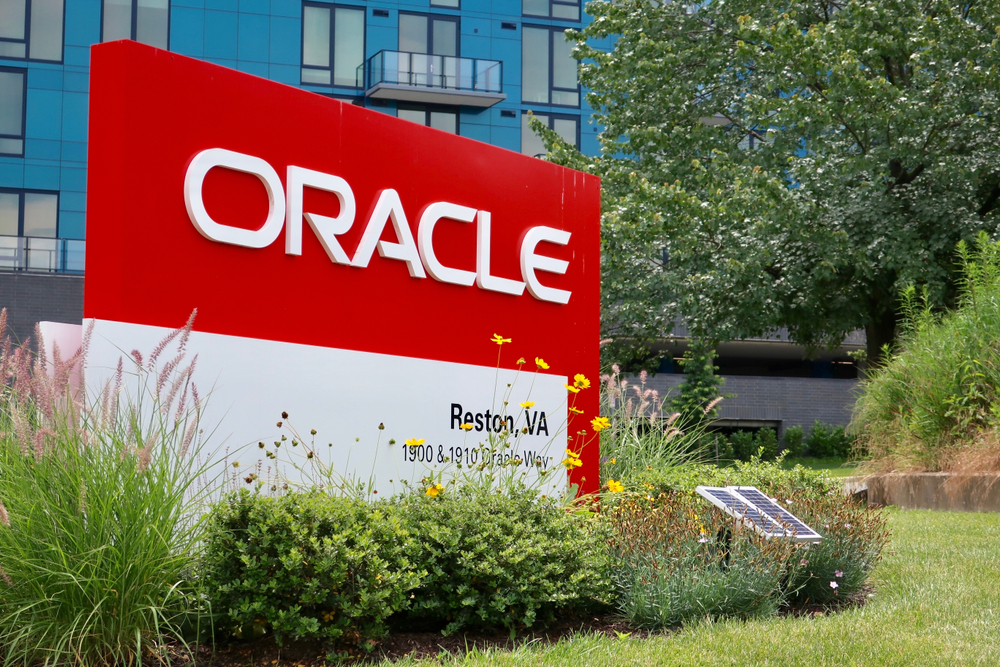 Oracle to launch 14 new cloud regions over the next year
Oracle to launch 14 new cloud regions over the next yearNews The company wants to support the demand for its customers as it looks to open at least two regions in each country it operates
By Zach Marzouk
-
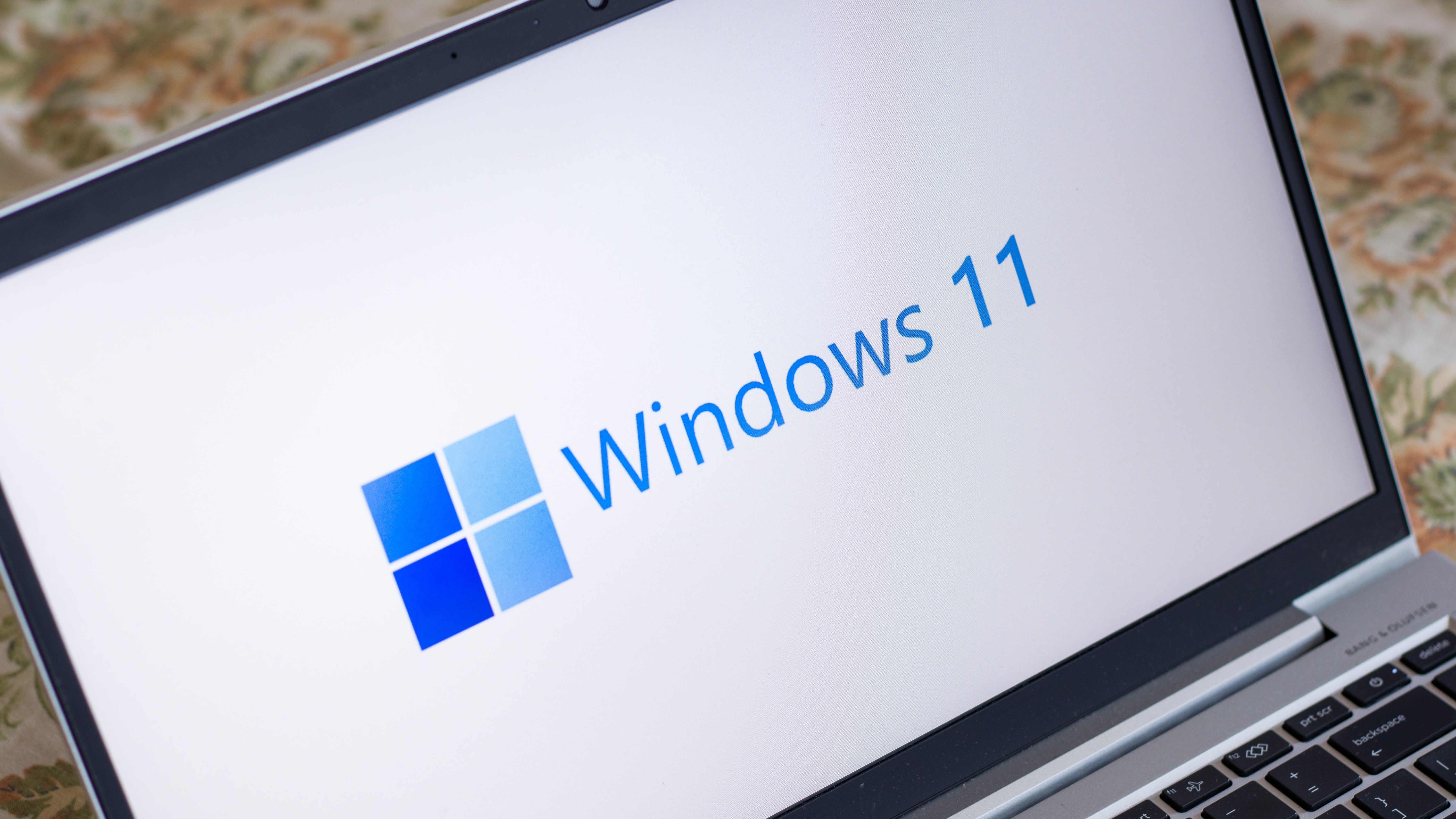 Windows 11 has problems with Oracle VirtualBox
Windows 11 has problems with Oracle VirtualBoxNews Microsoft confirms compatibility issues as new operating system makes its debut
By Rene Millman
-
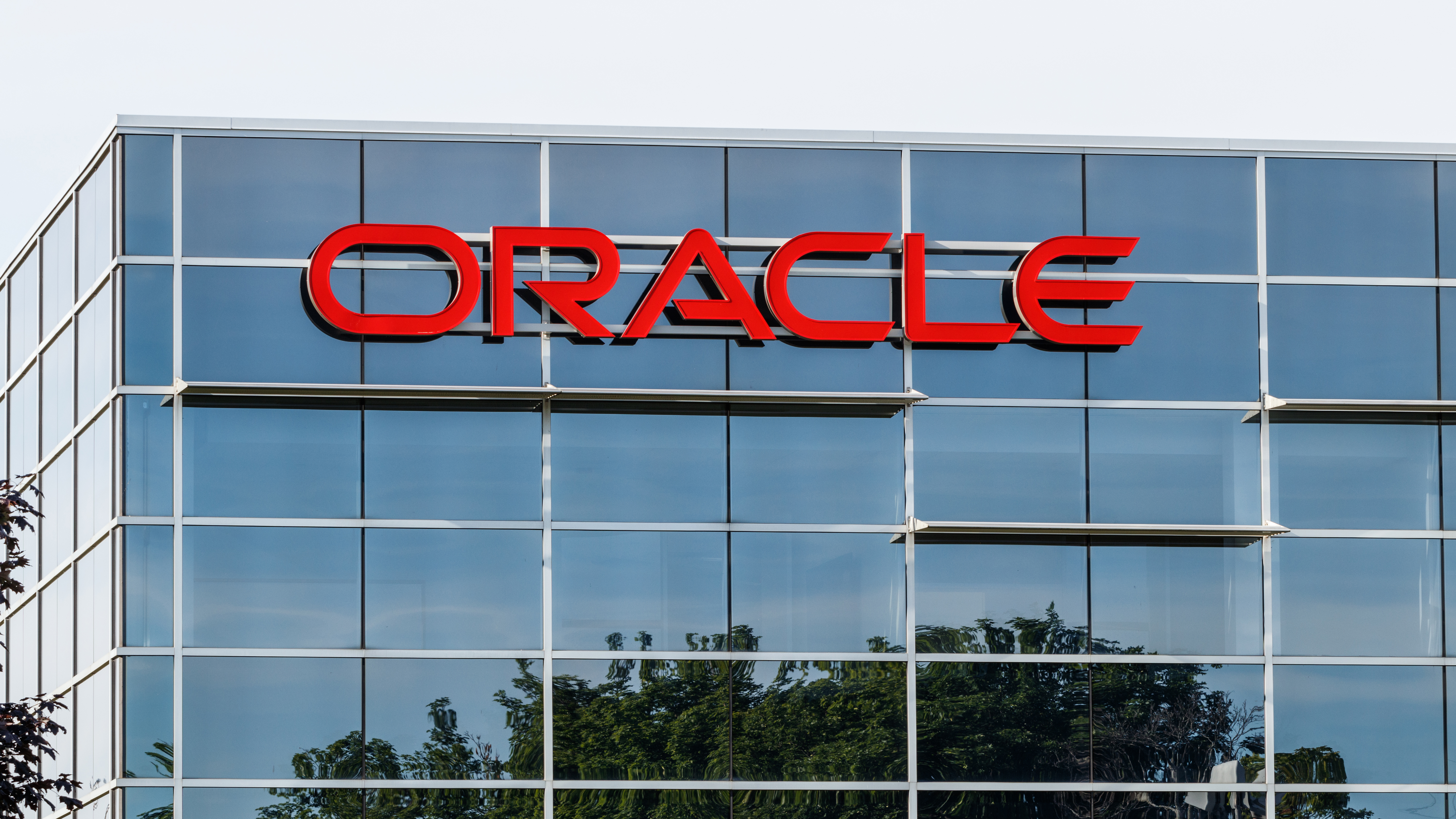 Oracle plans $1.2 billion campus in Nashville, Tennessee
Oracle plans $1.2 billion campus in Nashville, TennesseeNews The company is building ‘new digital hubs’ to meet demand for its cloud products
By Mike Brassfield